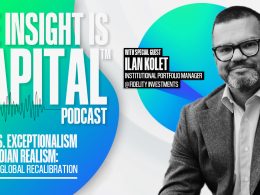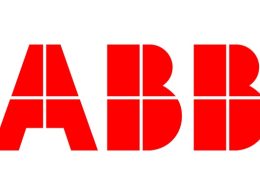The Fed Outlook: Uncertainty and Reluctance
June 27 – July 1, 2011
by Dr. Scott Brown, Chief Economist, Raymond James
The Federal Open Market Committee policy statement and Chairman Bernanke’s post-meeting press conference held few surprises. Monetary policy is still accommodative – and still on hold. There’s also apparently little will at the Fed to do more to help the recovery along. Fortunately for the Fed and the consumer, we can catch a break if oil prices continue to decline.
The Fed lowered its GDP forecast for this year to a range of 2.7%-2.9% (4Q11-over-4Q10). In January, the Fed was expecting 3.4% to 3.9%. Growth has slowed due to temporary factors, according to the Fed, including higher energy prices and the effects of Japan’s earthquake and tsunami. Still, the Fed also lowered its growth outlook for 2012 GDP growth.

Click here to enlarge
The Fed believes that an unemployment rate of 5.2% to 5.6% is consistent with sustainable long-term growth. However, the Fed expects the unemployment rate to decrease gradually. That’s bad news for the millions unemployed or underemployed – and yet, the Fed appears unwilling to do anything about that.
Bernanke made it clear that the current situation is different from a year ago. Last summer, the Fed was failing on both of its objectives. Growth was too slow and inflation was falling. At this point, we have only one month (May) of subpar job growth (which followed strong job gains in the three previous months). Last year, job growth had slowed for a number of months. Core inflation is higher in recent months, giving the Fed less leeway to act. Monetary policy is made by a group, not just the Fed chairman, and some Fed officials have strong feelings against doing another round of asset purchases.

Click here to enlarge
The Fed made one change to its conditions for keeping rates low for an extended period. Previously, these conditions included “low rates of resource utilization, subdued inflation trends, and stable inflation expectations.” However, with the core CPI at a 2.4% annual rate in the first five months of the year, some might be disinclined to call the underlying trend “subdued.” The extended-period conditions are now “low rates of resource utilization and a subdued outlook for inflation over the medium run.” The trend in the core CPI and inflation expectations are key factors in the inflation outlook, but they are not the goal. So, while the change may appear to be moving the goalposts, it makes sense if you think about the Fed’s goals.
Is the Fed against job growth? Not at all. While the Fed has a dual mandate, most economists believe that job growth will be better over the long run if inflation is kept low. There are legislative efforts in the works to replace the Fed’s dual mandate with a single goal, price stability, but such legislation is unlikely to get far. A couple of weeks ago, Bernanke said that “monetary policy cannot be a panacea.” There is room for more fiscal policy stimulus, but little political will to do so.
As is often the case, oil prices are the wildcard in the economic outlook. A further decline in the price of gasoline would be very helpful for consumers and the economic recovery.











